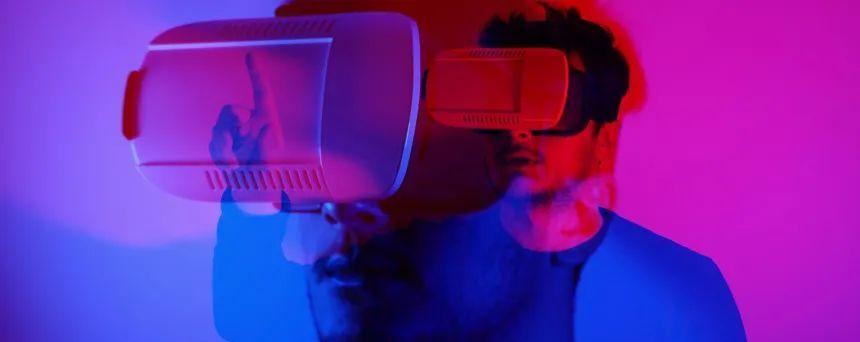
The rise of the metacosm, like all technological innovations, has brought new opportunities and new risks. People with malicious intentions will use it to open new vulnerabilities.
Metaverse is an immersive virtual reality version of the Internet in which people can interact with digital objects as well as their own and others' digital representations, and can move freely from one virtual environment to another to a greater or lesser extent. It can also achieve the fusion of virtual reality and physical reality, both by representing people and objects from the physical world in the virtual, and by bringing the virtual into people's perception of physical space.
By wearing virtual reality headsets and augmented reality glasses, people will be able to socialize and work in environments where the boundaries between digital and physical are permeable, and more. In the metaverse, people will be able to find meaning and experiences that are consistent with their offline lives.
Herein lies the problem. When people learn to love something, whether digital, physical, or combined, taking that thing away from them can lead to emotional pain and suffering. Rather, what people hold dear becomes a loophole that can be exploited by those who try to cause harm. Malicious people have noticed that the metaverse is a potential tool in their arsenal.
Terrorism researchers at the National Center for Counterterrorism Innovation, Technology and Education in Omaha, Nebraska, say the metacosm has the potential to become a new frontier for terrorist activity. The potentially dark side of the virtual world, while it is still under construction, has evolved to provide new avenues for extremists to exert influence through fear, threats and coercion. To be clear, we are not opposed to the metacosm as a concept, in fact, we are excited about its potential for human progress. But we believe that the rise of the metaverse will open up new vulnerabilities and provide new opportunities to exploit them. While not exhaustive, here are three ways the metaverse will complicate efforts to combat terrorism and violent extremism.
The metaverse offers new ways to coordinate, plan, and execute the destructive behavior of dispersed members. With adequate scouting and information gathering, extremist leaders can create virtual environments with representations of any physical building, which will allow them to guide members through routes to key targets.
Members can learn feasible and effective paths, coordinate alternative paths if some paths are blocked, and make multiple contingency plans in the event of an accident. When performing attacks in the physical world, augmented reality objects such as virtual arrows can help guide violent extremists and identify flagged targets.
Violent extremists can orchestrate in their living rooms, basements, or backyards — while building social connections and trusting their peers while appearing in front of others in the form of digital avatars of their choice. When extremist leaders give orders to act in the physical world, these groups may be better prepared than extremist groups today because they spend a long time in the virtual world.
New virtual and mixed reality spaces bring the potential for new goals. Just as buildings, events, and people can be harmed in the real world, they can also be attacked in the virtual world. Imagine the swastikas on synagogues, the disruption of real-life activities such as banking, shopping and work, and the disruption of public events.
For example, a 9/11 memorial service created and hosted in a virtual domain is a tempting target for violent extremists who can reproduce the collapse of the Petronas Twin Towers. A virtual reality wedding can be sabotaged by an attacker who disapproves of the couple's religious or gender pairing. These behaviors can cause psychological harm and lead to real-world harm.
Disrupting an augmented reality or virtual reality business means that an individual suffers real financial losses. Like physical places, virtual spaces can be carefully designed and crafted to carry the meaning of what people invest time and creativity in building. In addition, as technology becomes smaller and more integrated into people's daily lives, the ability to simply shut down the virtual world and ignore hazards may become more challenging.
How do you deal with these emerging threats and vulnerabilities?
Companies have reason to suggest that hatred or violence is not allowed, or that individuals involved in extremism will be identified and barred from entering their virtual spaces. We support such commitments, but doubt their credibility, especially given that Meta's dangerous behavior on its Facebook, Instagram and WhatsApp platforms has been exposed.
If companies can't be the reliable sole guardians of the virtual world, who can, and so what?
Although the arrival of a full-fledged virtual world will still take years, today, the potential threat posed by the virtual world requires the attention of a wide variety of people and organizations, including academic researchers, those who develop the virtual world, and those responsible for protecting society. These threats require more or more creative thinking about the metaverse, as those with malicious intent might do. Everyone needs to be prepared for this new reality.
Note: This article is reported by E Security Compilation.